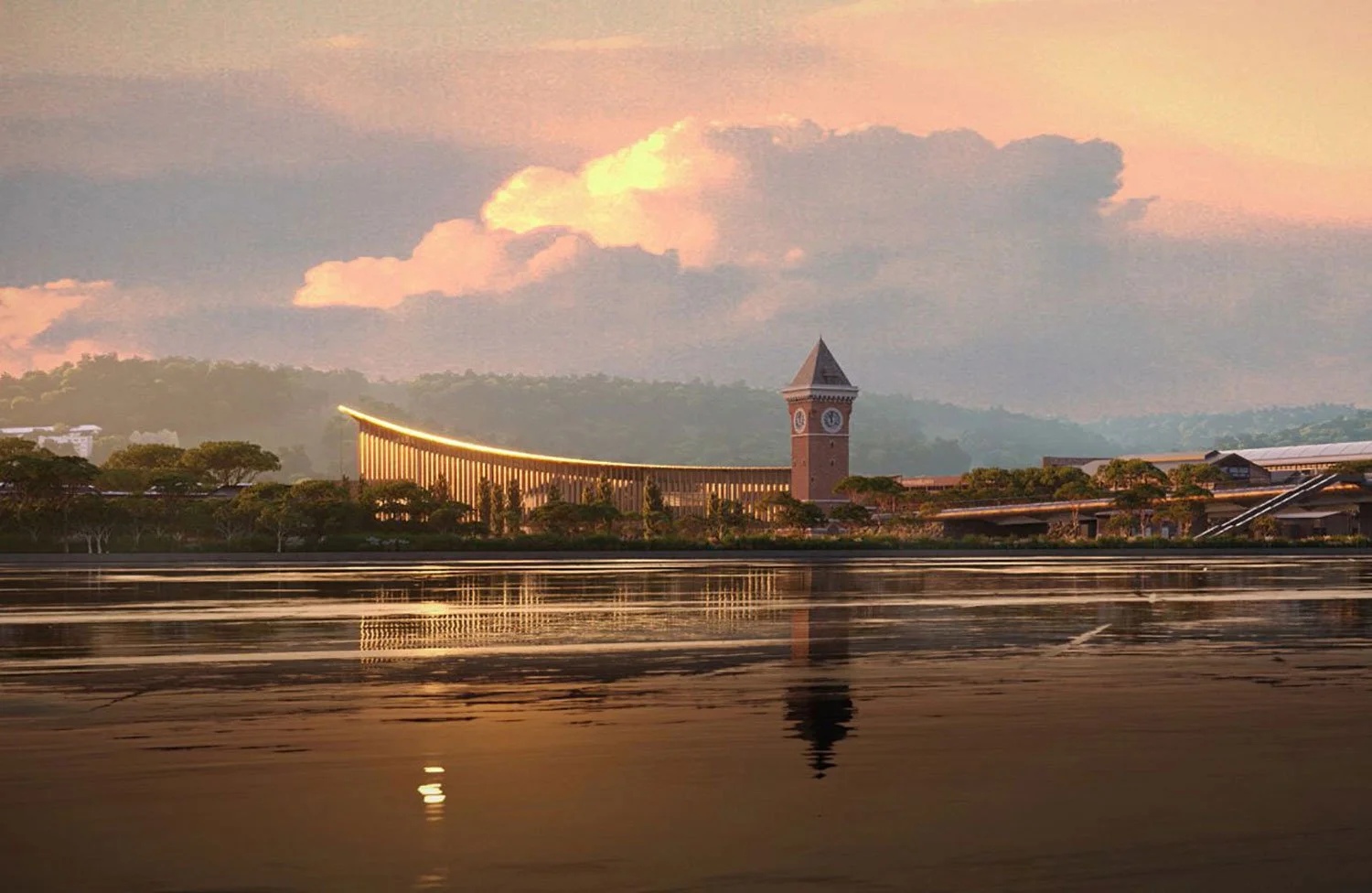Philharmonie de Paris
The €386m building for the Philharmonie de Paris was in the City of Paris planning pipeline for 20 years. The 42,000sqm facility includes one major 2,400-seat concert hall space, two medium sized rehearsal rooms, several smaller practice rooms, a foyer, cafe and library. It was constructed at the 50-hectare cultural park at La Villette in north-east Paris.
CLIENT
Ministry of Culture & City of Paris
LOCATION
Paris, France
COMPLETED
2015
Our Scope
Marshall Day Acoustics was engaged to provide the acoustical design of the auditorium, teamed with 2008 Pritzker Prize winning French Architect, Jean Nouvel. The design team was selected ahead of 97 international design teams in a two-stage competition.
The 40-page design brief included a long list of acoustic requirements, reflecting the fact that something very special was required for this building. The form of the building was specifically not allowed to follow conventional concert hall shapes in the form of a shoebox or vineyard - a completely new concept was demanded. The highly technical design brief included the requirement to provide 'high clarity with ample reverberation''; - two conventionally incompatible elements - though proven to be possible in 1973 in the Christchurch Town Hall.
CHALLENGES
Marshall Day Acoustics was highly influential in the design workshop that developed the 'Bi-cameral' solution to the brief.
The highly innovative design paves new ground in exceptional architecture and exceptional acoustics. The concert hall wraps the audience around the stage and features suspended balconies inside a larger volume, attached to the building by access passages, allowing sound to circulate completely around them.
The project timeframe was tight for a project of this size and complexity, however the Philharmonie opened its doors January, 2015.
“If the other 2,399 seats are as good as the one I was sitting in, I think that the Philharmonie could be one of the most dynamic and exciting places to hear orchestral music in the world.”
















